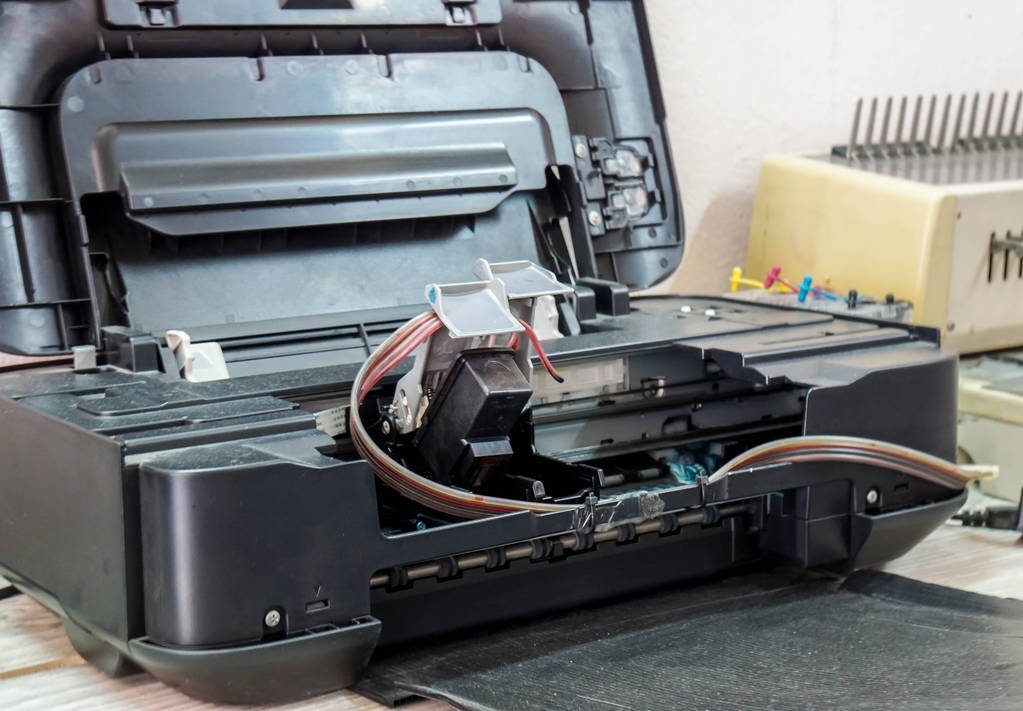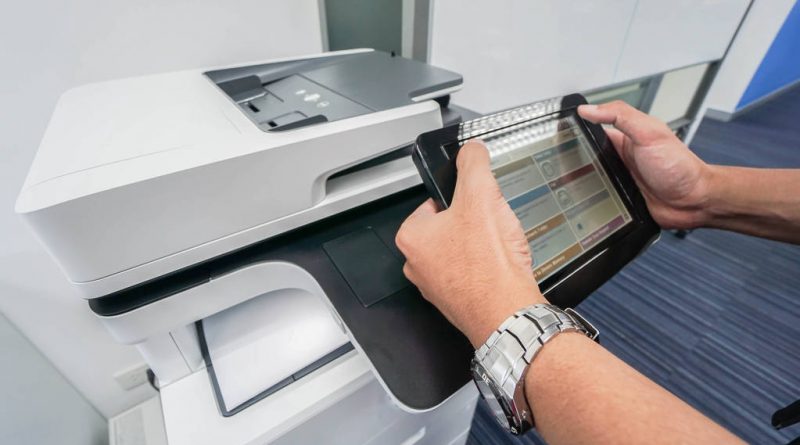Printer Upgrade Checklist: What to Consider Before You Upgrade
Technology is constantly evolving. This holds true for every aspect of our lives, including office equipment. If you’re considering a printer upgrade, there are several crucial factors to keep in mind before making the leap. Upgrading your printer can improve productivity, reduce maintenance costs, and enhance the quality of your printed materials. However, a hasty decision can lead to compatibility issues and unexpected expenses. To help you make an informed choice, here’s a printer upgrade checklist with essential considerations.
1. Identify Your Printing Needs
The first step in any printer upgrade is to clearly define your printing needs. Take a moment to evaluate your current printer’s capabilities and shortcomings. Are you primarily printing black and white documents, or do you need colour printing? What is the average volume of printing you handle each month? Do you require any specialised features like duplex printing or large format capabilities? Understanding your specific requirements will guide your decision-making process and ensure you select a printer that fits your needs.
2. Budget Considerations
Before you start shopping for a new printer, establish a budget for your upgrade. The cost of printers can vary widely depending on their features and capabilities. Take into account not only the upfront cost of the printer but also ongoing expenses such as ink or toner cartridges, maintenance, and repairs. Remember that investing in a higher-quality printer may save you money in the long run, as it can reduce maintenance and operational costs.
3. Compatibility with Existing Systems
One of the most critical aspects of a printer upgrade is ensuring compatibility with your existing IT infrastructure. Check whether the new printer is compatible with your operating system, network, and any existing software applications. This step is essential to prevent compatibility issues that can disrupt workflow and lead to frustration.
4. Print Speed and Volume
Consider the speed and volume of printing you require. If your office frequently handles high volumes of printing, you’ll want a printer that can handle the load without slowing down. Print speed is measured in pages per minute (PPM), and it’s crucial to choose a printer that matches your output requirements. Additionally, look for features like automatic document feeders (ADF) that can expedite the scanning and copying process.
5. Quality and Resolution
The quality of your printed materials can have a significant impact on your business’s image. For professional documents and marketing materials, you’ll want a printer with high-resolution capabilities. Look for printers with a high dots per inch (DPI) rating for superior image and text quality. Colour printers should also provide vibrant and accurate colour reproduction.
6. Connectivity Options
Modern printers come with various connectivity options, from USB and Ethernet to wireless and mobile printing. Consider your office’s connectivity needs when choosing a printer. Wireless and mobile printing capabilities can provide greater flexibility and convenience, allowing employees to print from their smartphones or tablets.
7. Energy Efficiency
Sustainability is a growing concern for businesses, and energy-efficient printers can contribute to reducing your carbon footprint and cutting energy costs. Look for printers with Energy Star certification, which signifies that the printer meets energy efficiency standards set by the Environmental Protection Agency (EPA). Additionally, some printers come with power-saving features like automatic sleep mode and duplex printing, which can further reduce energy consumption.
8. Paper Handling
Evaluate the printer’s paper handling capabilities. Depending on your needs, you may require a printer with multiple paper trays, adjustable paper sizes, or the ability to print on different media types such as envelopes or labels. Efficient paper handling can save time and reduce the likelihood of paper jams.
9. Maintenance and Support
Consider the long-term maintenance requirements of the printer. Is it easy to replace ink or toner cartridges? Are replacement parts readily available? Look into the manufacturer’s reputation for customer support and the availability of warranty options. A reliable support system can make a significant difference when dealing with technical issues.

10. Security Features
In an era of heightened cybersecurity concerns, printer security is a crucial consideration. Modern printers often store sensitive information, so it’s essential to choose a printer with robust security features. Look for features such as secure print release, user authentication, and data encryption to safeguard your documents and data.
11. Future-Proofing
Technology evolves rapidly, and what meets your needs today may not suffice in the future. Consider the scalability of the printer and whether it can accommodate potential growth in your printing demands. Investing in a printer that can be upgraded or expanded with additional features can help future-proof your investment.
12. User-Friendly Interface
An intuitive and user-friendly interface can streamline printing tasks and reduce the learning curve for employees. Test the printer’s user interface and ensure it is easy to navigate and configure. A well-designed interface can lead to increased productivity and reduced user frustration.
13. Reviews and Recommendations
Before finalising your decision, research and read reviews of the printers you are considering. Online reviews and recommendations from colleagues or peers who have experience with similar printers can provide valuable insights. Pay attention to user experiences regarding reliability, print quality, and ease of use.
14. Total Cost of Ownership (TCO)
Calculate the total cost of ownership over the printer’s expected lifespan. This includes not only the initial purchase price but also ongoing expenses such as ink or toner, paper, maintenance, and repairs. A printer with a higher upfront cost may have a lower TCO if it is more energy-efficient and requires fewer maintenance visits.
15. Test Drive
Whenever possible, test drive the printer before making a final decision. This allows you to see the printer in action and assess its performance firsthand. Pay attention to factors such as print speed, print quality, noise level, and ease of use.

In conclusion, upgrading your printer is a significant decision that can impact your office’s productivity and efficiency. By carefully considering the factors outlined in this printer upgrade checklist, you can make an informed choice that aligns with your specific needs and budget. Remember that the right printer should not only meet your current requirements but also provide room for future growth and technological advancements. A well-planned printer upgrade can be a valuable investment in the long-term success of your business.

